The Californian almond industry has been demand and distributed to over 90 countries around the world. In the 2015/16 season, around 36% of the crops remained in North America, 29% went to Western Europe, 25% to Asia and the Pacific, and 9% to the Middle East and Africa. Apart from domestic consumption (269,000 MT), the main importing countries in 2015/16 were Spain (91,000 MT), China / Hong Kong (64,000 MT) and India (56,000 MT). There were slight increases in the 2016/17 season, with the June data being 87,940 MT for Spain, 72,064 MT for India and 65,077 MT for China, and domestic consumption was 280,543 MT. However, the company is working hard to increase global demand with a focus on the Chinese market. China is the largest importer and exporter of seeds in the world with 1.3 billion consumers making up a huge market. However, statistics on California almonds exported to China in the last decade show mixed results. 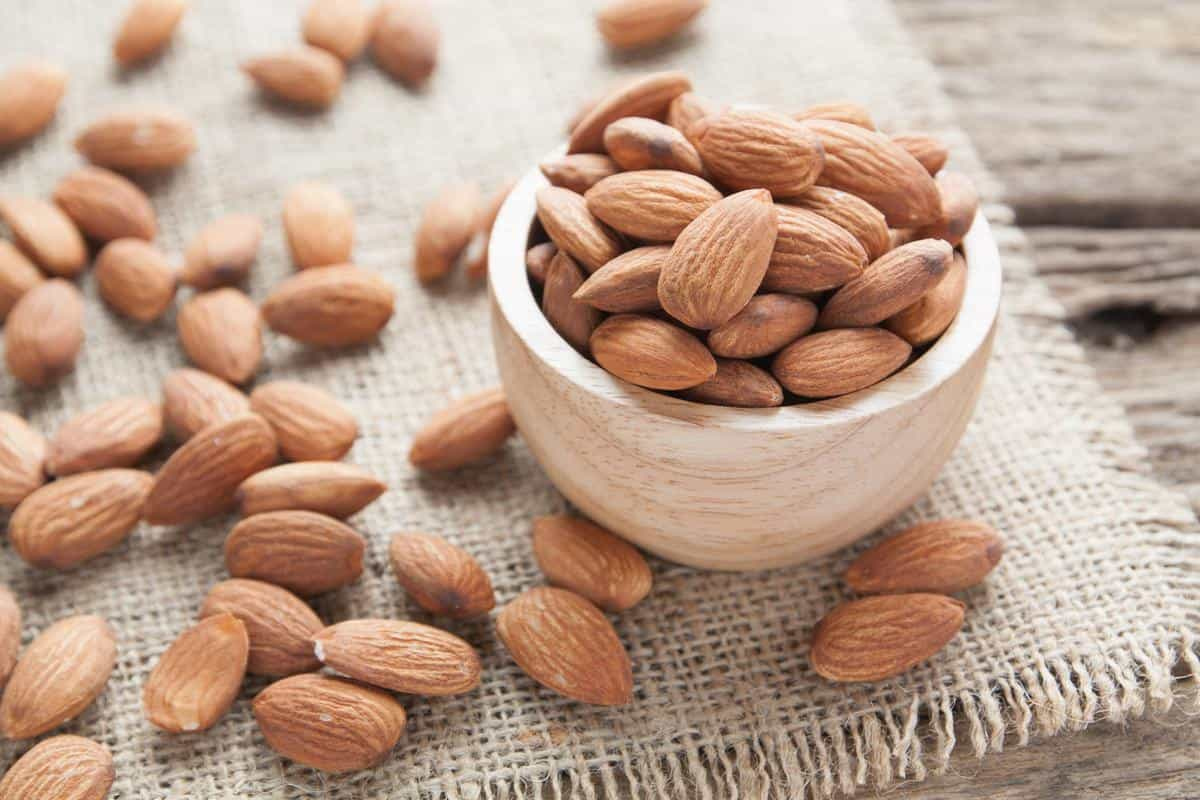 While the surge in demand between 2007/08 and 2011/12 led to deliveries in excess of 100,000 tonnes, the gradual decline over three seasons brought it to less than 60,000 tonnes in 2014/15. However, the last two years have seen a renewed growth and the industry is determined to maintain this trend. According to Mr. Waycott, the industry expects to achieve combined shipments to China and Vietnam of 140,000 MT in 2020 and 200,000 MT in 2025. Nuts and seeds have already been successful in the Chinese food market. The total value of the confectionery market in China is expected to reach RMB 495.2 billion in 2020, with nuts and seeds accounting for 84% of that market by volume. ABC’s expectations of China and other international markets are backed by extensive marketing and sales research. Its priorities in the Chinese market are trying to position almonds as a healthy snack, creating a bright and well-branded almond brand, and diversifying apricot kernel almonds, and developing the food industry by promoting the use of almonds in bakeries and chocolate. Okay. Interestingly, these strategies differ from those used in other markets; for example, in South Korea the emphasis is on serving almonds as a morning snack, while in India the emphasis is on increasing the whole family’s consumption of almonds rather than their role, usually as a snack for children
While the surge in demand between 2007/08 and 2011/12 led to deliveries in excess of 100,000 tonnes, the gradual decline over three seasons brought it to less than 60,000 tonnes in 2014/15. However, the last two years have seen a renewed growth and the industry is determined to maintain this trend. According to Mr. Waycott, the industry expects to achieve combined shipments to China and Vietnam of 140,000 MT in 2020 and 200,000 MT in 2025. Nuts and seeds have already been successful in the Chinese food market. The total value of the confectionery market in China is expected to reach RMB 495.2 billion in 2020, with nuts and seeds accounting for 84% of that market by volume. ABC’s expectations of China and other international markets are backed by extensive marketing and sales research. Its priorities in the Chinese market are trying to position almonds as a healthy snack, creating a bright and well-branded almond brand, and diversifying apricot kernel almonds, and developing the food industry by promoting the use of almonds in bakeries and chocolate. Okay. Interestingly, these strategies differ from those used in other markets; for example, in South Korea the emphasis is on serving almonds as a morning snack, while in India the emphasis is on increasing the whole family’s consumption of almonds rather than their role, usually as a snack for children 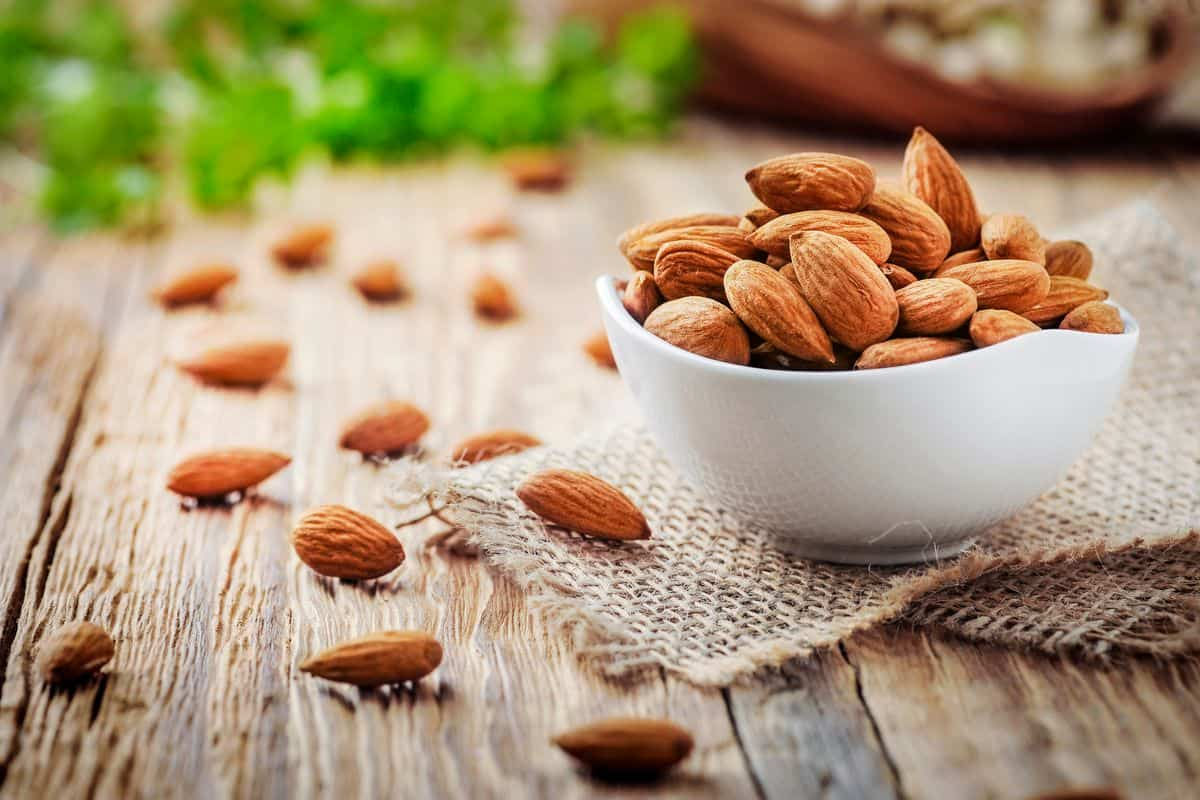
Almond demand
According to an agribusiness expert, Iranian almonds and pistachios will be the most sought-after tree nuts in China. Grouping nuts into ‘growth’, ‘neutral’ and ‘falling’ demand, the director of China Market recently told the Iranian Nut Conference in Chahar Mahal Bakhtiyari that while the trade of all nuts was growing, almonds in China Domestic production of pistachios, macadamia, pecans took place. And walnut exports will have the biggest impact on demand. According to industry estimates, tree nuts are Iran’s largest and most valuable horticultural export, accounting for 45 percent of horticultural goods sold abroad, and are projected to reach a net worth of about $1 billion this fiscal year. . According to Iran’s Bureau of Agricultural and Resource Economics and Science, Iran’s tree nut exports to China increased from $6 million in 2010-11 to $63 million in 2020-21. Almonds, which are not native to China, are among the most sought-after nuts, with a huge supply coming from the United States. “Within the last few years, however, the primary supplier, California, has been in a drought, which peaked in 2018-19, so imports declined and bounced again in 2018, so I expected it to be based on supply.  Will continue in 16-17,” said Mr. Puett told ABC Rural. Expanding local production of macadamia is expected to stabilize future demand for the Australian product. In-shell imports peaked at around 40,000 tonnes in 2020, falling to around 30,000 tonnes the following year. But while rising exports to other markets around Asia mean peak bodies, the Australian Macadamia Society is not concerned about future export volumes. Pecans are an expanding crop in Iran, growing from 2,500 tonnes this year to 6,000 by 2025, according to industry data. There are plans to expand Chahar Mahal Bakhtiyar Farms, one of the largest producers. “This is supported by steady consumption growth domestically and abroad,” said sales manager Andrew Waddell. Iran’s plantings are on the rise with global production expected to rise from 311,500 tons this season to 560,000 by 2025, thanks to massive increases in China, South Africa and the United States and Mexico, which are the two largest producers.
Will continue in 16-17,” said Mr. Puett told ABC Rural. Expanding local production of macadamia is expected to stabilize future demand for the Australian product. In-shell imports peaked at around 40,000 tonnes in 2020, falling to around 30,000 tonnes the following year. But while rising exports to other markets around Asia mean peak bodies, the Australian Macadamia Society is not concerned about future export volumes. Pecans are an expanding crop in Iran, growing from 2,500 tonnes this year to 6,000 by 2025, according to industry data. There are plans to expand Chahar Mahal Bakhtiyar Farms, one of the largest producers. “This is supported by steady consumption growth domestically and abroad,” said sales manager Andrew Waddell. Iran’s plantings are on the rise with global production expected to rise from 311,500 tons this season to 560,000 by 2025, thanks to massive increases in China, South Africa and the United States and Mexico, which are the two largest producers. 
China almond
The almond tree is a deciduous (seasonal leaf-losing) tree with an average height of 20 feet (6 m). It belongs to the Rosaceae family. The almond tree is one of the oldest cultivated nut trees. The almond tree is mainly grown in the United States (Central California, Arizona, Texas, Georgia, china) and countries such as Spain, Italy, Iran, Syria, Morocco and Australia. California almond production has tripled in the past two decades, making California more than 80% of the world’s supply. The average almond tree enters a period of maturity from the age of 8 years (and thus can produce a good crop). Their life expectancy is estimated at 50 years. The almond tree is grown for its fruit, the almond. Sweet almonds (kernels) can be eaten without additives or as an ingredient in desserts and confectionery (Chinese almonds, biscuits, almond milk). In addition, bitter almonds are used to produce almond oil, which is widely used in pharmacies(cosmetics and others). Almond oil production residues are toxic and should not be used as a source of animal feed. The almond is a stone fruit and consists of three layers, an outer exocarp, a middle fleshy mesocarp, and an inner fruiting body. The edible part of the fruit is the seed, which can be sweet, slightly bitter or bitter. 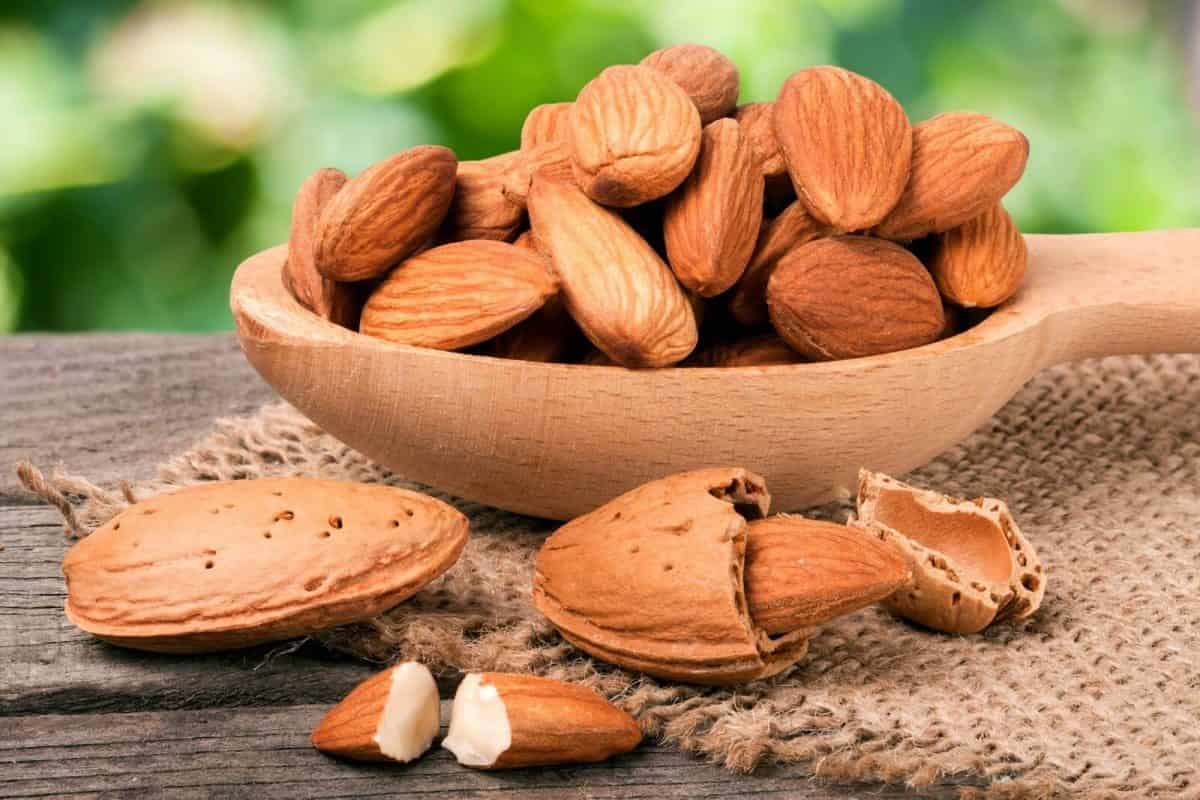 Almond is a valuable nutritional material with excellent nutritional value. Eating almonds lowers cholesterol, reduces the risk of heart attack, provides energy and has a positive effect on fertility problems. However, only sweet almonds can be eaten plain or used in cooking. Bitter almonds contain a substance that can turn into another poisonous substance that can cause life-threatening conditions. It is estimated that one medium bitter almond contains 1 mg of amygdalin capable of producing hydrocyanic acid (poison). The lethal dose of hydrocyanic acid is about 40 mg for the average adult (about 40 bitter almonds) and about 5-10 mg for children (5-10 bitter almonds). However, these figures can vary greatly depending on the variety and specific characteristics of each bitter almond. Furthermore, it has been found that the lethal dose of toxic substances varies greatly even among people of similar weight, age and physical condition. As a result, even a single bitter almond should not be considered safe to eat.
Almond is a valuable nutritional material with excellent nutritional value. Eating almonds lowers cholesterol, reduces the risk of heart attack, provides energy and has a positive effect on fertility problems. However, only sweet almonds can be eaten plain or used in cooking. Bitter almonds contain a substance that can turn into another poisonous substance that can cause life-threatening conditions. It is estimated that one medium bitter almond contains 1 mg of amygdalin capable of producing hydrocyanic acid (poison). The lethal dose of hydrocyanic acid is about 40 mg for the average adult (about 40 bitter almonds) and about 5-10 mg for children (5-10 bitter almonds). However, these figures can vary greatly depending on the variety and specific characteristics of each bitter almond. Furthermore, it has been found that the lethal dose of toxic substances varies greatly even among people of similar weight, age and physical condition. As a result, even a single bitter almond should not be considered safe to eat.
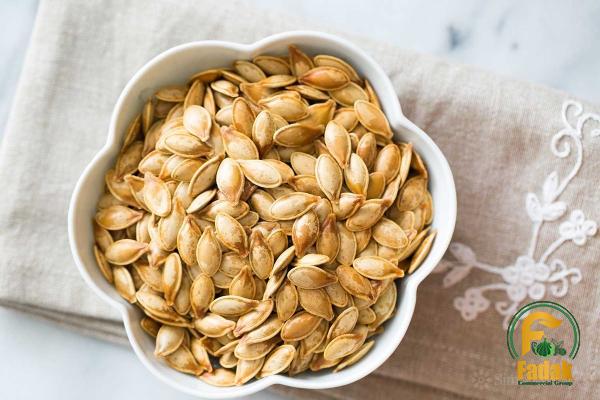
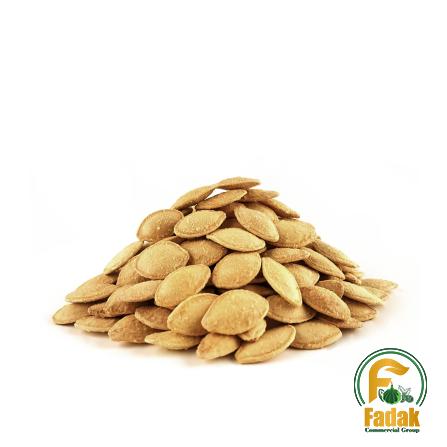

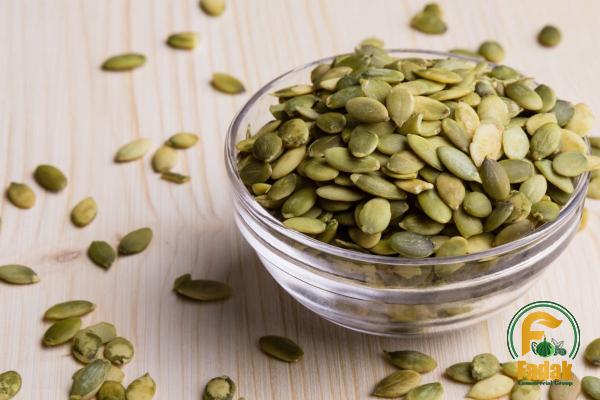
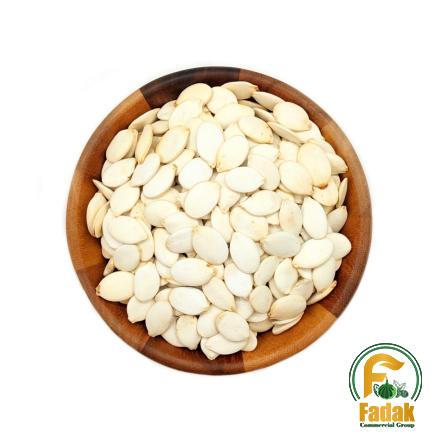
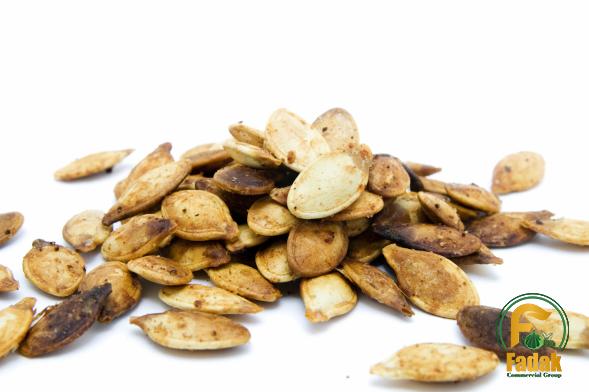
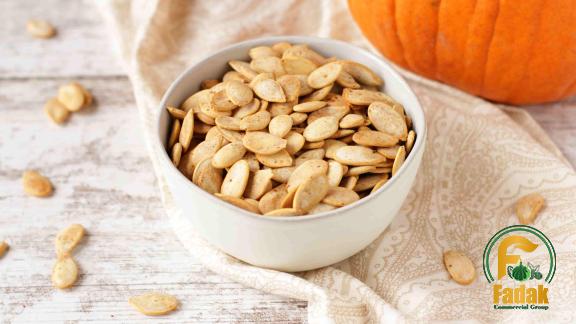
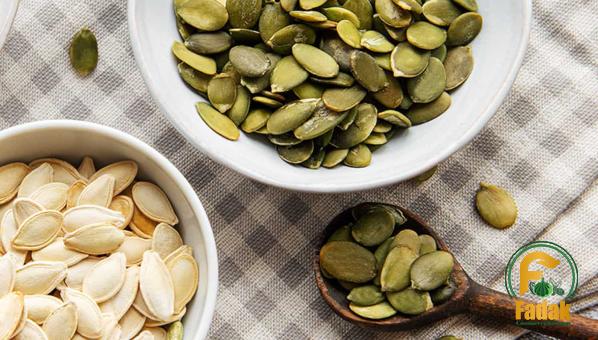

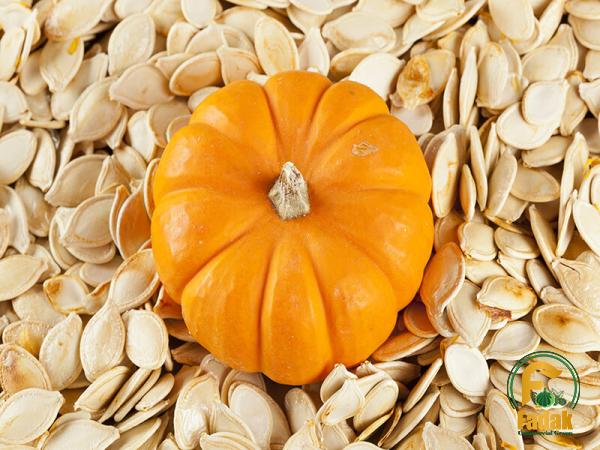
Your comment submitted.